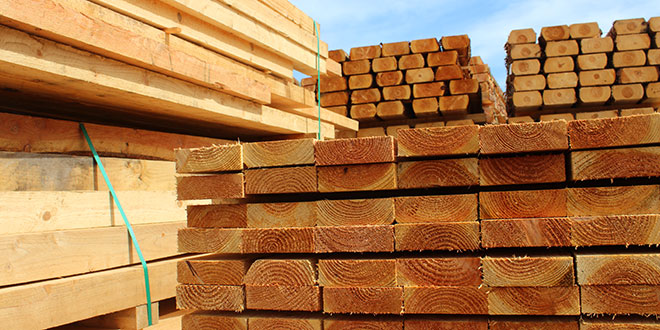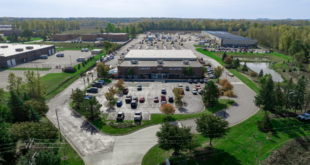David Logan, director of tax and trade policy analysis for the National Association of Home Builders (NAHB), answered questions from Hardware Retailing about lumber prices and other concerns in the homebuilding sector.
Hardware Retailing (HR): Why are lumber prices lower this year compared to 2018?
David Logan (DL): To put it in context, lumber prices were coming off all-time highs as of June 2018. We’re talking about prices that were 20 percent above the record high that was set in 1997.
Prices had been propped up by numerous factors. It took a year and a half to get up there and then return to more typical levels. That natural momentum has more to do with the current price decline than trends with new home construction.
HR: How do prices look now?
DL: Prices are about 40 percent lower than last June. When prices were skyrocketing, lumber mills were adding capacity to take advantage of the mega-high prices.
They were recording record-high profits. Since then, there’s been this increase in capacity without a corresponding increase in demand, and that has mainly driven prices down since last summer.
Prices rallied recently on the back of a moderately stronger housing market. There were a lot of weather-related disruptions earlier in the year, so the spring season didn’t see the gains we typically see that time of year, but the weather-related issues dissipated, and when they did, the new-house market came back.
HR: What are the major issues impacting construction right now?
DL: The tariffs on lumber and the tariffs on Chinese goods have injected a lot of uncertainty into the market as far as investment goes. I’m hearing pretty frequently of builders getting bills from contractors that include a tariff-related line item.
The shortage of labor in our industry is still and has long been an ongoing concern and shows no sign of stopping. We’re looking at very few workers, lots of job openings, no one to fill them and higher wages. Increased wages are good for workers, but they also mean a higher cost to build and a longer time to construct new homes.
Affordability is the No. 1 issue for buyers and builders that’s really holding the market back. But the demand is there and interest rates are still low. Mortgage rates are still lower than last year.
HR: What do you predict the rest of the year will look like for lumber sales and homebuilding?
DL: I’m expecting healthy growth. I think the housing market continues to see constrained but increased growth. The hallmark of the year will be uncertainty, and with that will be volatility on the price of almost everything. That’s largely because of tariffs and the on-again, off-again relationship the U.S. has with other countries in the geopolitical sphere.
 David Logan is director of tax and trade policy analysis at the National Association of Home Builders. He has extensive experience with tax, budget, monetary, trade and housing policy. His prior roles include chief economist for the U.S. House of Representatives Ways and Means Committee and senior economist for the U.S. Congress Joint Economic Committee.
David Logan is director of tax and trade policy analysis at the National Association of Home Builders. He has extensive experience with tax, budget, monetary, trade and housing policy. His prior roles include chief economist for the U.S. House of Representatives Ways and Means Committee and senior economist for the U.S. Congress Joint Economic Committee.
 Hardware Retailing The Industry's Source for Insights and Information
Hardware Retailing The Industry's Source for Insights and Information








